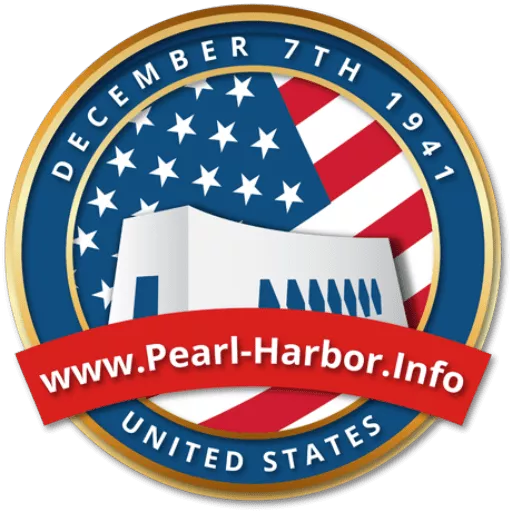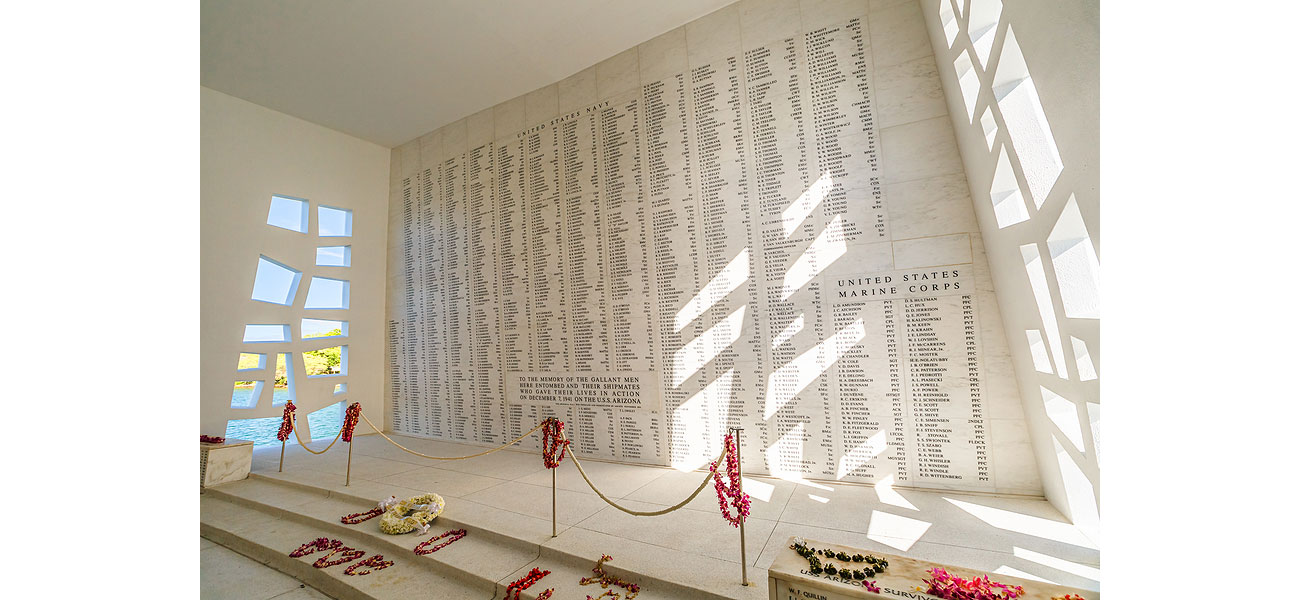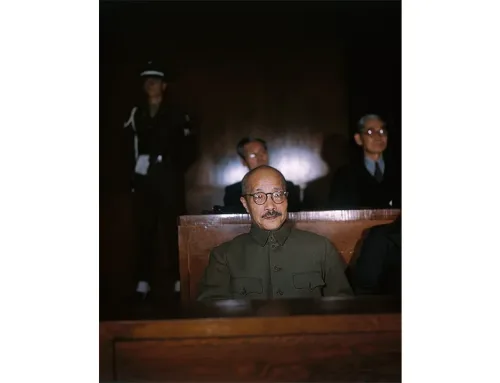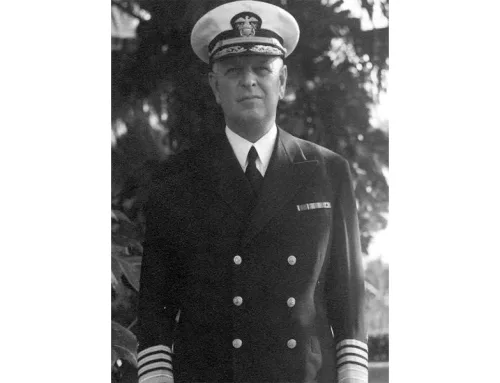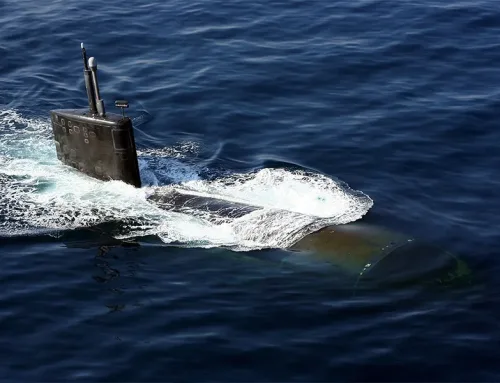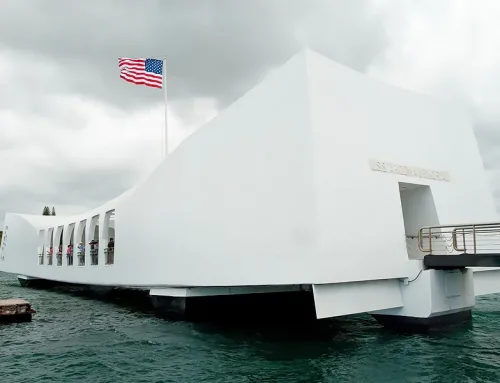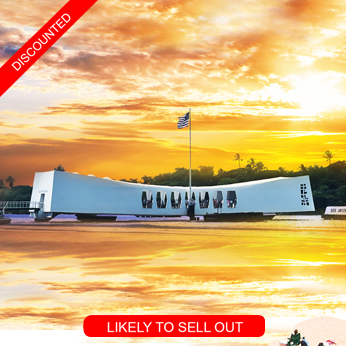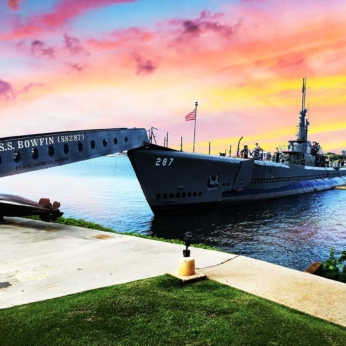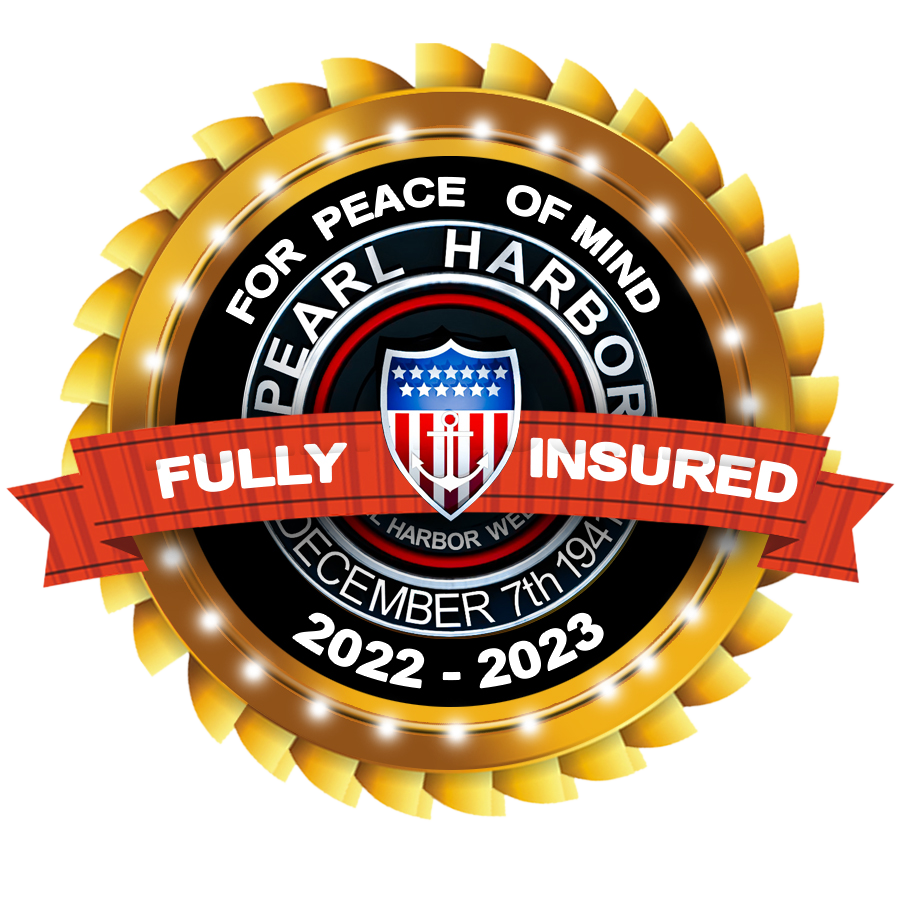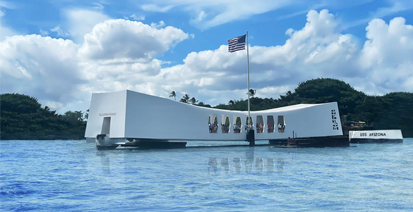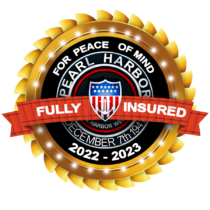Pearl Harbor: People and Terms to Know
The attack on Pearl Harbor on December 7, 1941, is one of the most significant events in 20th-century history, plunging the United States into World War II. While many are familiar with the broad strokes of the attack, understanding the key terms and people associated with Pearl Harbor provides a deeper appreciation of its historical impact.
Key Figures
Admiral Isoroku Yamamoto
Admiral Yamamoto was the mastermind behind the Pearl Harbor attack. A brilliant strategist, Yamamoto believed that a preemptive strike was necessary to give Japan an advantage in the Pacific. Although Yamamoto was initially against going to war with the U.S., he acknowledged that Japan could not succeed in a drawn-out conflict against a more powerful industrial nation. His plan aimed to cripple the U.S. Navy before the war escalated.
Vice Admiral Chuichi Nagumo
Vice Admiral Nagumo served as the operational commander of the Japanese carrier strike force that conducted the attack on Pearl Harbor. Leading a fleet of six aircraft carriers, Nagumo executed Yamamoto’s plan but did not authorize a third wave of attacks, which could have targeted critical infrastructure such as fuel depots and dry docks. Some historians believe this decision allowed the U.S. Navy to recover more quickly.
President Franklin D. Roosevelt
President Roosevelt led the United States during the Pearl Harbor attack and World War II. On December 8, 1941, the day following the attack, Roosevelt delivered his renowned “Day of Infamy” speech to Congress, calling for a declaration of war against Japan. His leadership and resolve played a crucial role in mobilizing the American people and military for the challenges ahead.
Admiral Husband E. Kimmel
At the time of the Pearl Harbor attack, Admiral Kimmel served as the commander of the U.S. Pacific Fleet. Kimmel, along with Army Lieutenant General Walter Short, was criticized for not being adequately prepared for the assault, despite receiving warnings of possible Japanese aggression. Both Kimmel and Short were relieved of their commands shortly after the attack, though subsequent investigations suggested that they were not solely responsible for the lack of preparedness.
Important Terms
Battleship Row
“Battleship Row” refers to the grouping of U.S. Navy battleships moored at Ford Island in Pearl Harbor. These battleships were the primary target of the Japanese attack. The USS Arizona, USS Oklahoma, USS West Virginia, along with several other ships, were heavily damaged or sunk during the attack. The USS Arizona remains a sunken memorial today, symbolizing the tragic loss of life on that day.
USS Arizona
The USS Arizona suffered the most significant destruction during the Pearl Harbor attack. A direct hit from a Japanese bomb caused the ship’s ammunition magazines to explode, resulting in the deaths of 1,177 crew members. The remains of the Arizona still lie at the bottom of the harbor, serving as a lasting memorial to those who perished.
Tora! Tora! Tora!
This Japanese phrase, translating to “Tiger! Tiger! Tiger!,” was the code transmitted by Japanese pilots to confirm that they had successfully achieved the element of surprise during the attack. The success of the first wave of the assault was signaled by this phrase, which has since become synonymous with the Pearl Harbor attack.
Radar and Warning Signs
In the hours leading up to the attack, several warning signs were either misinterpreted or ignored. One of the most notable was the detection of Japanese planes on radar by U.S. Army personnel. Due to the inexperience of the operators and the assumption that the radar blip was a flight of American B-17 bombers expected from the mainland, the report was dismissed, allowing the Japanese planes to arrive undetected.
Aftermath and Consequences
The Pearl Harbor attack prompted the United States to officially join World War II. It also triggered a wave of anti-Japanese sentiment in the U.S., leading to the internment of Japanese Americans. The losses at Pearl Harbor were staggering, but within months, the U.S. Navy began to rebuild. The attack galvanized American resolve, ultimately leading to decisive victories in the Pacific and contributing to Japan’s defeat in 1945.
Pearl Harbor remains a defining moment in U.S. history. Understanding the key terms and people involved in the event provides insight into how it shaped the course of World War II and the global balance of power. The events of Pearl Harbor still hold valuable lessons today, emphasizing the need for readiness, effective strategy, and strong diplomacy.
Most Popular Oahu Tours
Best Pearl Harbor Tours

The following tours are recognized as the most popular Pearl Harbor Tours on Oahu. While generally, our price is the lowest in the market now, for a limited time, they are on sale too. Please be advised that Pearl Harbor tickets and USS Arizona Memorial tickets are included in all of our Arizona Memorial Tours, Pearl Harbor small group tours, and private Pearl Harbor tours.
